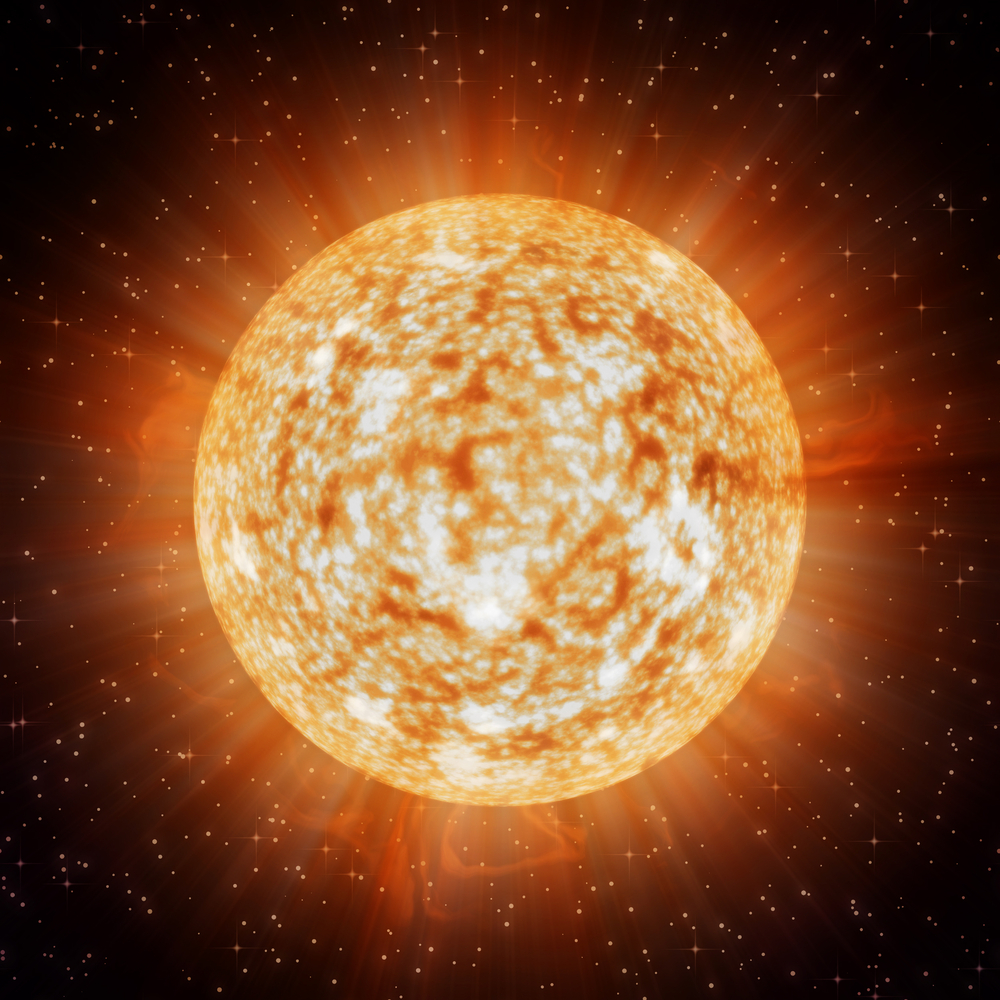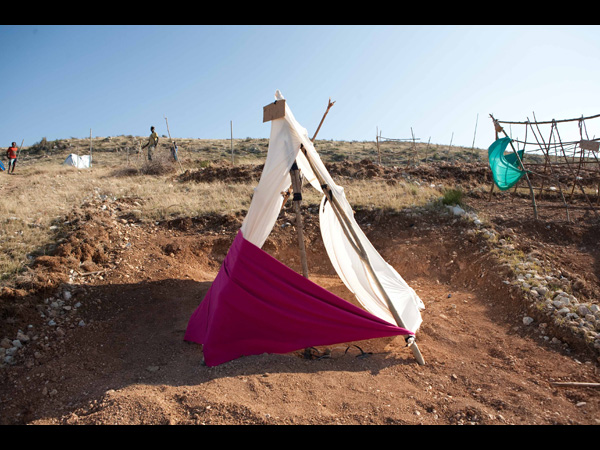
In today’s keynote luncheon at RIMS 2010, Nassim Nicholas Taleb, best-selling author of The Black Swan, told the story of a turkey who is fed by the farmer every morning for 1,000 days. Eventually the turkey comes to expect that every visit from the farmer means more good food. After all, that’s all that has ever happened so the turkey figures that’s all that can and will ever happen. But then Day 1,001 arrives. It’s two days before Thanksgiving and when the farmer shows up, he is not bearing food, but an ax.
The turkey learns very quickly that its expectations were catastrophically off the mark. And now Mr. Turkey is dinner.
Taleb’s advice: “Let’s not be turkeys.”
The lesson of our doomed turkey illustrates the central problem of unexpected, “black swan” events (or in this case “black turkey,” I guess). We simply do not have enough data to reach empirical conclusions about how a risk will manifest itself and to what degree. “Just because you never died before, doesn’t make you immortal,” said Taleb.
Part of the issue is in the semantics of how we talk about risk. We have created what Taleb called “an illusion of measurement.” By saying, we can “measure” the risk in a particular situation, we are implying that there is a definitive answer. “We should not be using the word ‘measuring,'” he said. “We should be using the word ‘estimating.'” It’s a psychological difference that allows us to gauge “riskiness” more appropriately.
Taleb pointed out that the issue is magnified by the increased complexities and interdependencies of today’s society. There is a greater potential for the unexpected in a society characterized by extreme randomness and connected in ways that it never has been before. You would only have to compare how a theoretical run on a bank would happen today as opposed to 50 years ago. Once upon a time, if you wanted to pull your money out of your bank after learning of its imminent failure, you would have to physically go to the bank, likely stand on line, and possibly even change your mind after being forced to wait half the day. Now you can get the news on your Blackberry, log into your bank and automatically withdraw the cash in seconds.
And so can everyone other bank customer around the world. Voila. Instant crisis.
The situation may not be encouraging, but Taleb put his faith in good risk management.
“Unfortunately, we live in a world that doesn’t understand risks,” he said. “Hopefully, risk managers would run society and not bankers.”
They certainly couldn’t do any worse.



